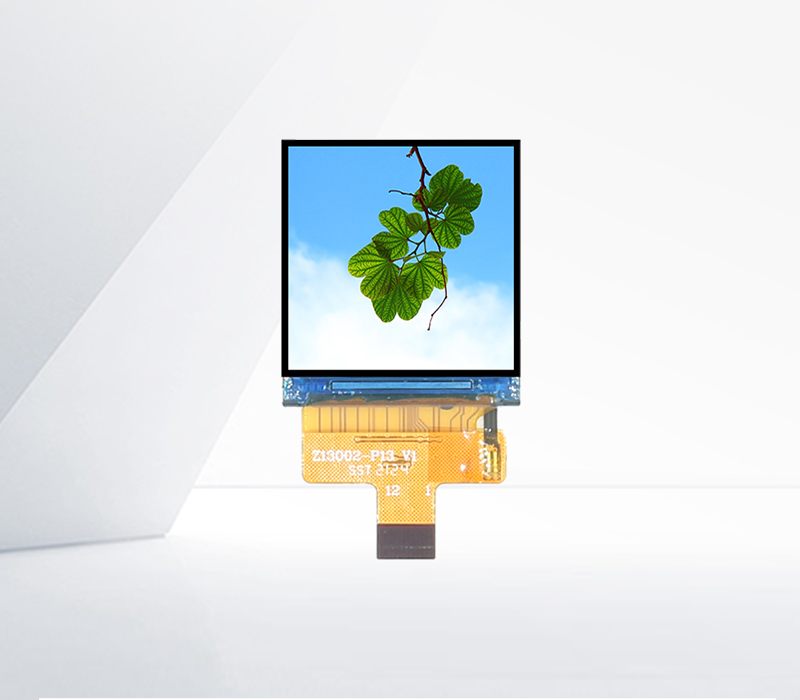




Embedded installation of LED displays has become a popular choice across various sectors, offering seamless integration with the surrounding environment while maximizing visual impact. This installation approach requires meticulous planning and execution to ensure both functionality and aesthetic harmony.
For indoor applications, such as shopping malls, hotels, and corporate lobbies, the embedded installation of LED displays often involves integrating the screen into architectural structures like walls, ceilings, or columns. The first step in the installation process is precise measurement and structural assessment. Engineers need to ensure that the supporting structure can bear the weight of the LED display, which can be substantial, especially for large - format screens. Afterward, a custom - made frame or mounting bracket is fabricated to fit the display snugly into the designated space. This frame not only provides physical support but also helps in concealing the wiring and other components, creating a clean and professional look. For example, in a high - end hotel lobby, an LED display can be embedded into the wall behind the reception desk, serving as an eye - catching digital art installation or a dynamic information board. The bezel - less design of the embedded display seamlessly merges with the wall, enhancing the overall aesthetic of the space.
In outdoor scenarios, such as building facades and stadiums, the embedded installation of LED displays faces additional challenges due to environmental factors. Waterproof and dustproof measures are of utmost importance. Specialized enclosures are used to protect the LED modules from rain, snow, and dust. These enclosures are designed with high - quality seals and materials that meet or exceed international protection standards, like IP65 or IP67. Moreover, the installation must account for wind loads and temperature variations. Reinforced mounting structures are employed to ensure the stability of the display in adverse weather conditions. For instance, on the exterior of a large shopping mall, an embedded LED display can be installed on the building's facade to showcase advertisements, promotional videos, and dynamic content. The installation is carefully coordinated with the building's architecture to ensure that it not only functions effectively but also enhances the building's visual appeal.
Furthermore, the embedded installation of LED displays also involves advanced cabling and power management. Hidden cable channels are often constructed during the installation process to route the power and data cables neatly. This not only improves the overall appearance but also reduces the risk of cable damage and simplifies maintenance. Additionally, intelligent power management systems can be integrated to optimize energy consumption, ensuring that the LED display operates efficiently while minimizing electricity costs.
